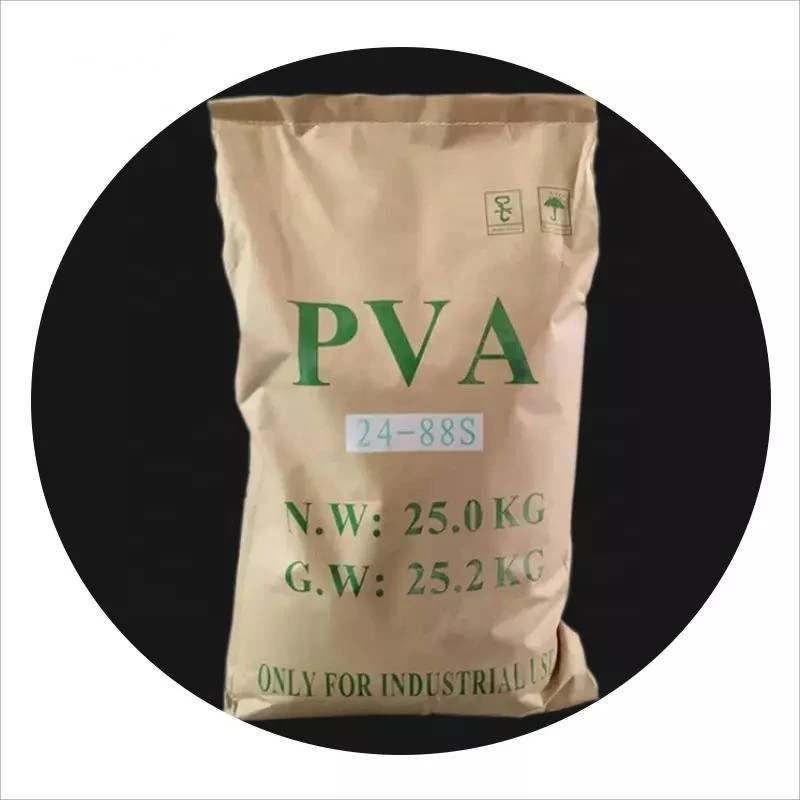Exploring the Applications and Benefits of Methylcellulose and Hydroxypropyl Methylcellulose (HPMC)
Methylcellulose (MC) and Hydroxypropyl Methylcellulose (HPMC) are cellulose derivatives that have gained widespread acceptance and utilization in various industries due to their unique properties. Both compounds are non-ionic, water-soluble polymers derived from cellulose, with functional groups that enhance their physical and chemical properties. As a result, they have found diverse applications, particularly in the fields of pharmaceuticals, food, construction, and personal care products.
Properties of Methylcellulose and HPMC
One of the most appealing characteristics of MC and HPMC is their ability to form viscous solutions when dissolved in water. This property makes them excellent thickening agents, stabilizers, and emulsifiers. They possess a gel-forming ability that is temperature-dependent, allowing them to transition from a liquid to a gel state, which can be advantageous in various formulations.
In addition to their rheological properties, MC and HPMC are known for their biodegradable nature, making them environmentally friendly alternatives to synthetic polymers. They are also non-toxic and do not cause adverse reactions, which has propelled their use in applications involving direct contact with food and pharmaceuticals.
Applications in Pharmaceuticals
In the pharmaceutical industry, HPMC is frequently employed as a binder and film-forming agent in tablet formulations. It enhances the tablet's mechanical strength and provides controlled-release characteristics. The ability of HPMC to form hydrophilic gels in the gastrointestinal tract allows for modified drug release profiles, increasing the absorption and efficacy of medications.
MC, on the other hand, is often used as a laxative due to its water retention capability, which helps create bulk in the intestines and promotes bowel movements. Moreover, both MC and HPMC are utilized as stabilizers and suspending agents in liquid formulations, ensuring uniform distribution of active ingredients.
Role in the Food Industry
mecellose hpmc

In the food sector, MC and HPMC are widely used as food additives. They serve as thickening agents, emulsifiers, and stabilizers in a variety of products including sauces, dressings, dairy products, and bakery goods. They contribute to improved texture and mouthfeel, thereby enhancing the overall eating experience. Additionally, HPMC is utilized in gluten-free products to improve the elasticity and texture that would typically be provided by gluten.
Their ability to form gels at various temperatures allows food manufacturers to achieve desired consistencies and appearances. This versatility not only meets consumer demands for quality but also helps reduce the need for higher-fat or sugar content, catering to health-conscious consumers.
Construction and Texture Improvement
In the construction industry, MC and HPMC are popular additives in cement-based products and tile adhesives. They improve workability, water retention, and adhesion properties, which are critical for the performance of construction materials. Their ability to enhance the flow of materials allows for easier application and a better finish.
Furthermore, HPMC is often employed in coatings and sealants due to its water resistance and film-forming capabilities. This not only enhances the durability of construction materials but also provides better protection against environmental factors.
Personal Care and Cosmetic Applications
In personal care and cosmetic formulations, both methylcellulose and HPMC are praised for their ability to thicken formulations and enhance the stability of emulsions. They are commonly used in lotions, creams, and gels. Their gentle nature means they are suitable for sensitive skin, making them a preferred choice for formulators in the cosmetic industry.
Conclusion
Methylcellulose and Hydroxypropyl Methylcellulose represent a valuable group of polymers with a wide array of applications across diverse industries. Their unique properties, such as water solubility, biodegradability, and non-toxic nature, make them indispensable in areas ranging from pharmaceuticals to food production and construction. As industries increasingly turn towards sustainable and safe ingredients, the role of these cellulose derivatives is likely to expand, paving the way for innovative applications and enhanced product formulations. Their contributions undoubtedly highlight the importance of research and development in producing effective, safe, and environmentally friendly materials for various applications.
-
Rdp Powder: Key Considerations for Wholesalers in the Building Materials IndustryNewsJul.08,2025
-
Key Considerations for Wholesalers: Navigating the World of Hpmc - Based ProductsNewsJul.08,2025
-
Hpmc Detergent: Key Considerations for WholesalersNewsJul.08,2025
-
Key Considerations for Wholesalers: China Hpmc For Tile Adhesive, Coating Additives, Concrete Additives, and MoreNewsJul.08,2025
-
Crucial Considerations for Wholesalers: Navigating the World of Construction MaterialsNewsJul.08,2025
-
Key Considerations for Wholesalers Sourcing Additive For Cement, Additive For Concrete, Additive For Putty from Additive Manufacturer Shijiazhuang Gaocheng District Yongfeng Cellulose Co., Ltd.NewsJul.08,2025




